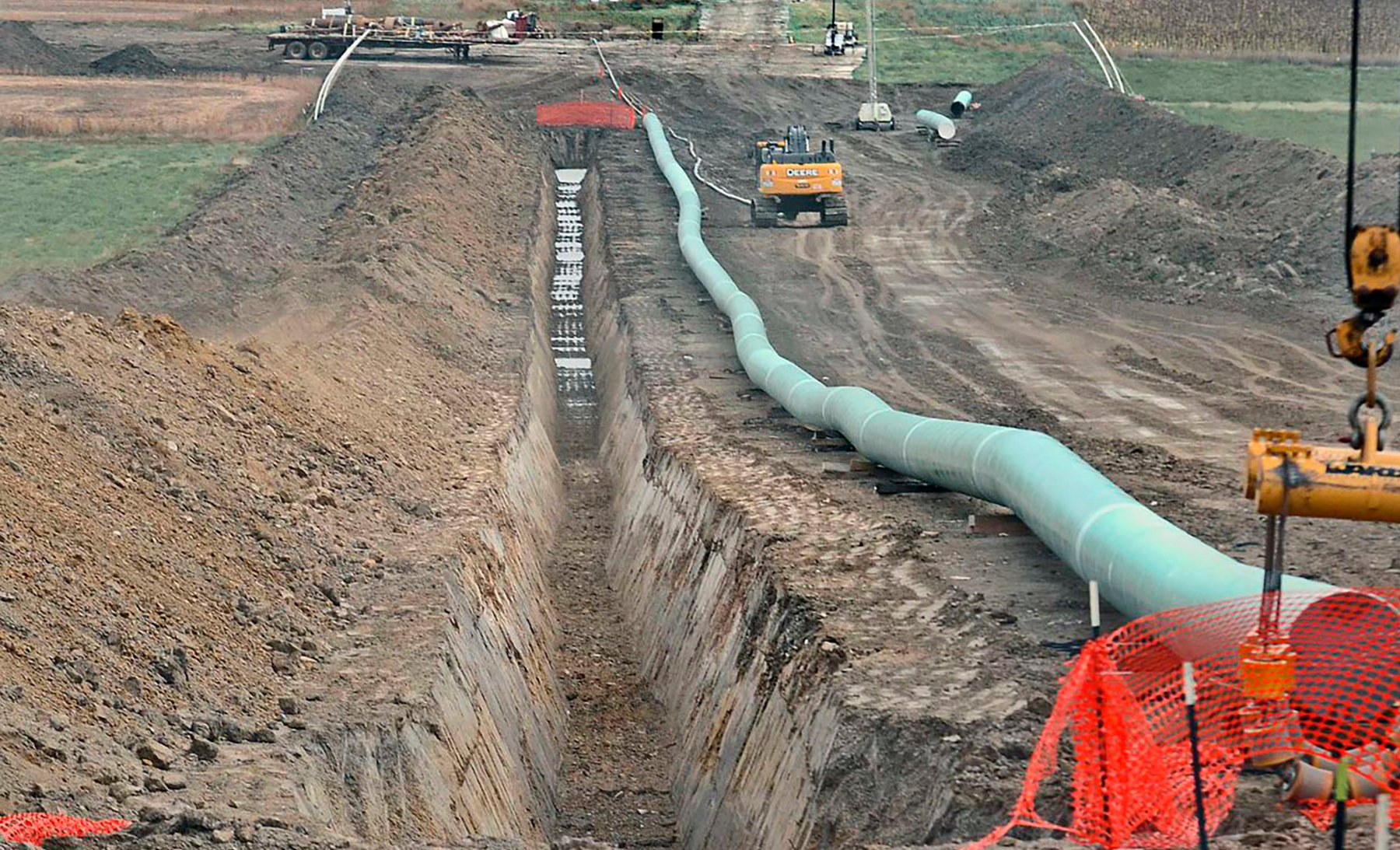It is possible to see a defect with conventional AUT (single or duel element transducers) and miss it with PAUT.
Lets consider the differences in the two inspections:
AUT: One transducer size, with flat focusing being most common.
PAUT: Variable transducer size, with focusing.
Now lets consider the following scenario:
AUT: An inspection with a 6mm diameter Dual element transducer (14.13mm^2 active area) with no focusing is performed on a vessel with a nominal thickness of 22.5mm. The gain required to set the first backwall at reference may be quiet high, as this is a small transducer. This will make the chances of finding small inclusions, pin holes, and other small indications likely.
PAUT: A 64 channel probe is used with an aperture size of 12 elements. At 1mm pitch, this creates a 12mm X 7mm probe (84mm^2) or 594% larger square area than the duel element 6mm diameter probe. The backwall of the part will give a much higher amplitude signal than a point indication, as the gain required for reference will be low. Add to this the extra variable of focusing (in or out of focus ) and it may be even more difficult to see a point indication.
Please note that I am not saying that traditional AUT is more sensitive or more likely to find small indication. This is dependent on many variables and I beleive when PAUT is performed in optimal settings it has many advantages in comparison to traditional probes.
To directly answer your questions:
“My question-01: which data is reliable AUT or PAUT ?”
[Levi]- It is not possible to answer this without knowing the parameters of your inspection.
“Question-02: By using which technic we can get the actual & reliable data ?”
[Levi]- Both techniques can give you accurate and reliable data.
